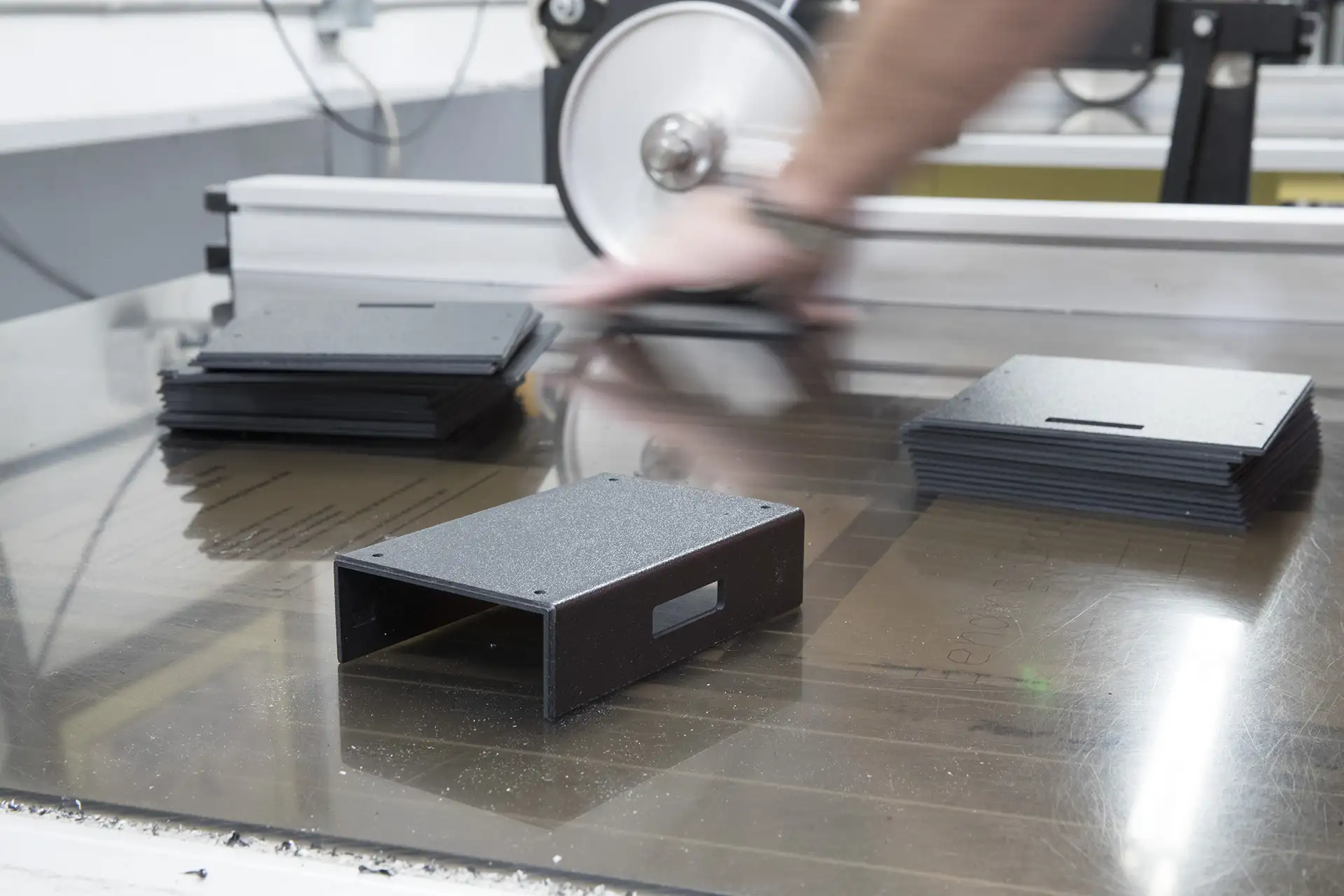
08/25/2025
In 2011, Envision Plastics and Design introduced Aluminum Composite Material to our customers. These ACM projects ranged from signage panels to electronic enclosures. Over time we have received quite a few questions about how ACM can be applied to proejcts or simply, "Why use ACM?". Here are the top 9 questions and our answers.
1) Why use ACM?
Aluminum Composite Material is very unique in the fact that the material is very light despite it's thickness (i.e. .118"), and surprisingly sturdy considering it only contains two thin facers of aluminum. There are many additional benefits to using this material including: Pre-finish paint, ease of digital printing on parts, formable by hand, and fabricated ACM parts can be shipped in the flat and assembled at a job site resulting in reduced shipping costs and warehouse space.
2) Can you make enclosures out of ACM?
Yes! We have made several enclosure designs from Aluminum Composite Material. Some of these enclosures have housed PCB boards and other electronic components while others are simply serving a purpose of covers or shrouds. Enclosures have a minimum ACM thickness of .118 thick and would have .012 facers.
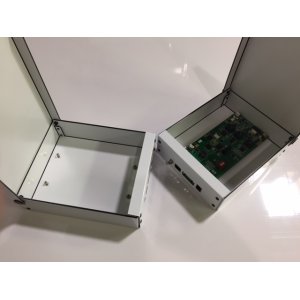
3) How do you fasten corners or edges when making enclosures?
Corner edges must overlap slightly to the inside or outside of the enclosures. These overlapped flanges can be secured to the main wall structure using rivets or self-tapping screws.
4) Can you use standoffs for PCBs and other electronic components?
Sure can! We have tested a few types since most hardware (i.e. PEM) is designed for use in sheet metal or plastic. Not a combination of both like ACM. The hardware we mostly use are blind standoffs from PEM (i.e. CSOS-632-4, CSS-632-8)
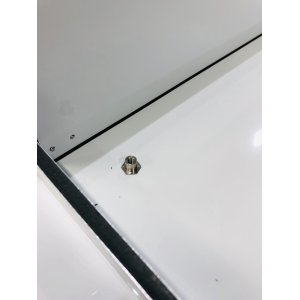
5) Can you seal corners?
ACM cannot be welded like sheet metal, nor can it be solvent welded like plastics. Sealing corners requires an RTV or caulk sealant to keep water out of an ACM Enclosure.
6) What thicknesses does ACM come in?
Aluminum composite material can come in a variety of thicknesses. This can be dictated by different brands and types of ACM. Lots of panels intended for signage purposes come in .062 thickness with .008 facers. While still firm and light, these panels are not meant to be formed. Most utilized by us are the thicknesses of .118, .157, and .236. Although these are not available in all brands (or colors).
7) How many colors can I choose from?
If cost was not an issue, you could get anything! However there are minimum custom runs or minimum orders custom/select colors. Most available are white, black, silver, and brushed aluminium. These also come with different gloss levels as well (Glossy, semi-gloss, matte, flat, etc.). Each brand has different standard colors and gloss levels.
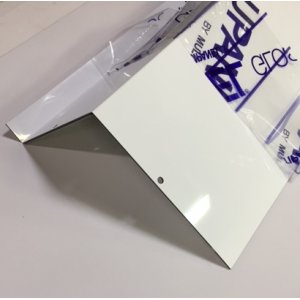
8) How many brands of ACM are there?
Many. We normally choose from Alupanel, Signabond, and Dibond. Although, there are others as well that are not as readily available at our distributors.
9) Can you digitally print on ACM?
Of course! It's actually what it is largely meant to do! Using ACM for graphics boards or architectural signage is it's main selling point worldwide. For our use, we add branding, panel instructions, and descriptions of electrical component cutouts.
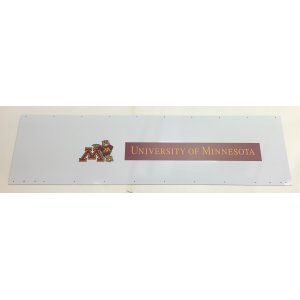
Sure, we get other unique questions about ACM, but these encompass the most prevalent. If you have any questions about our custom ACM fabrication capabilities let us know!